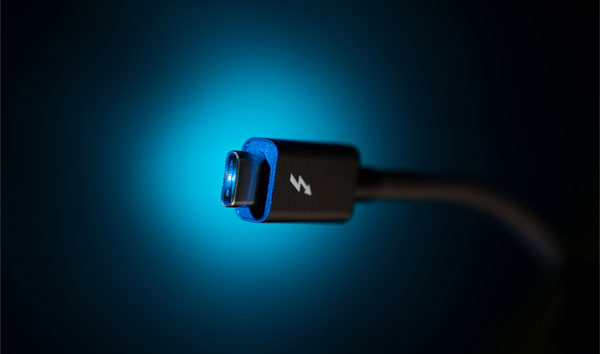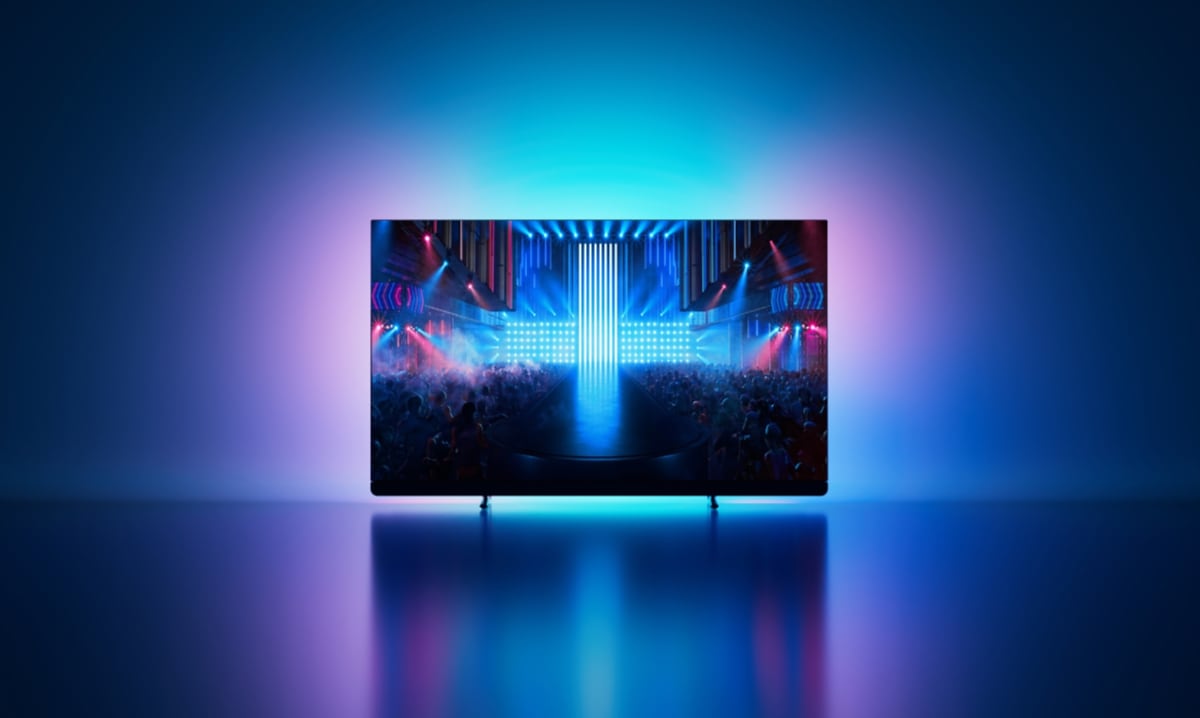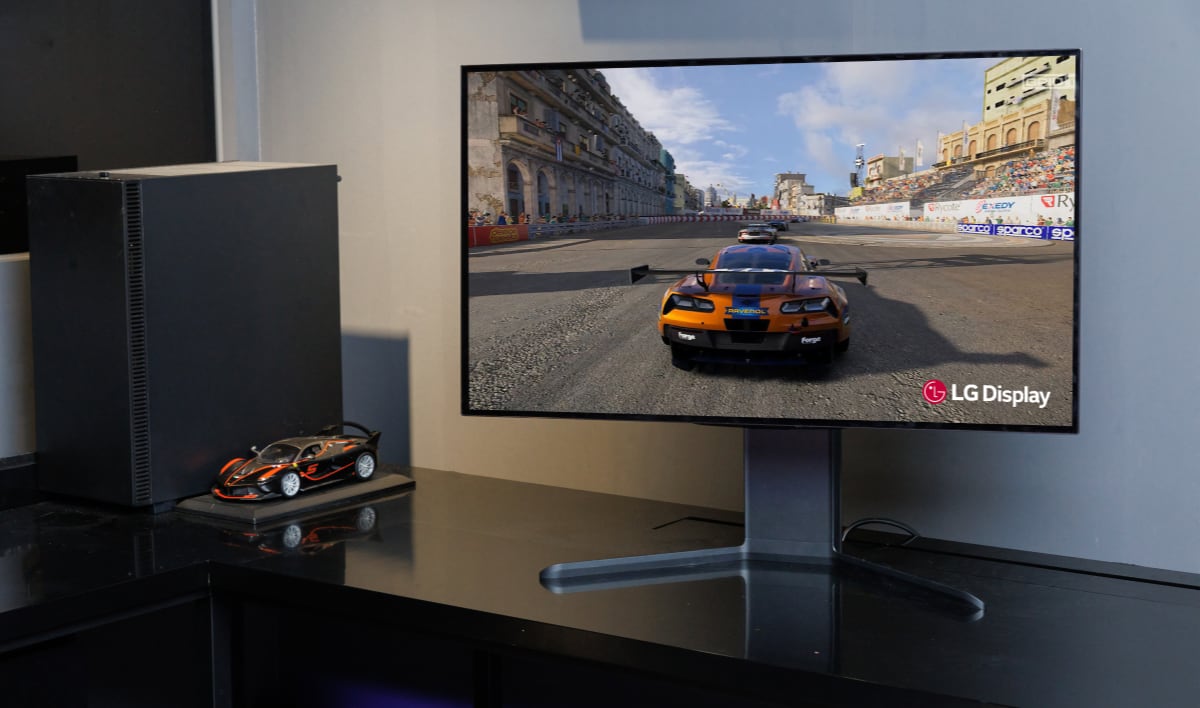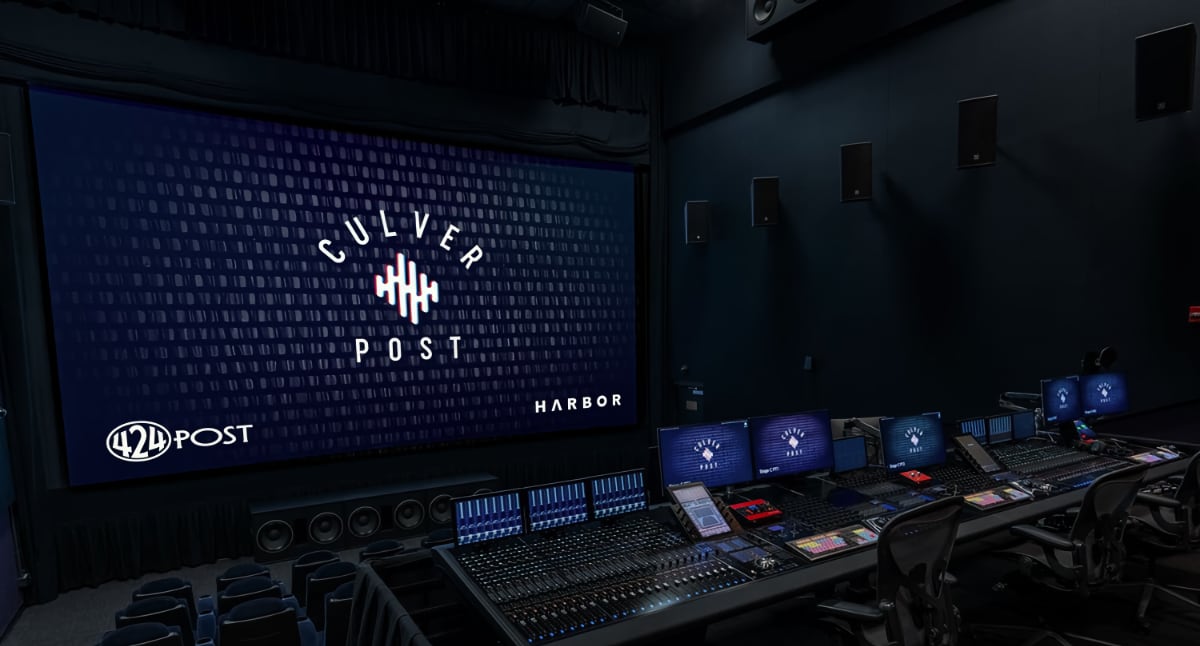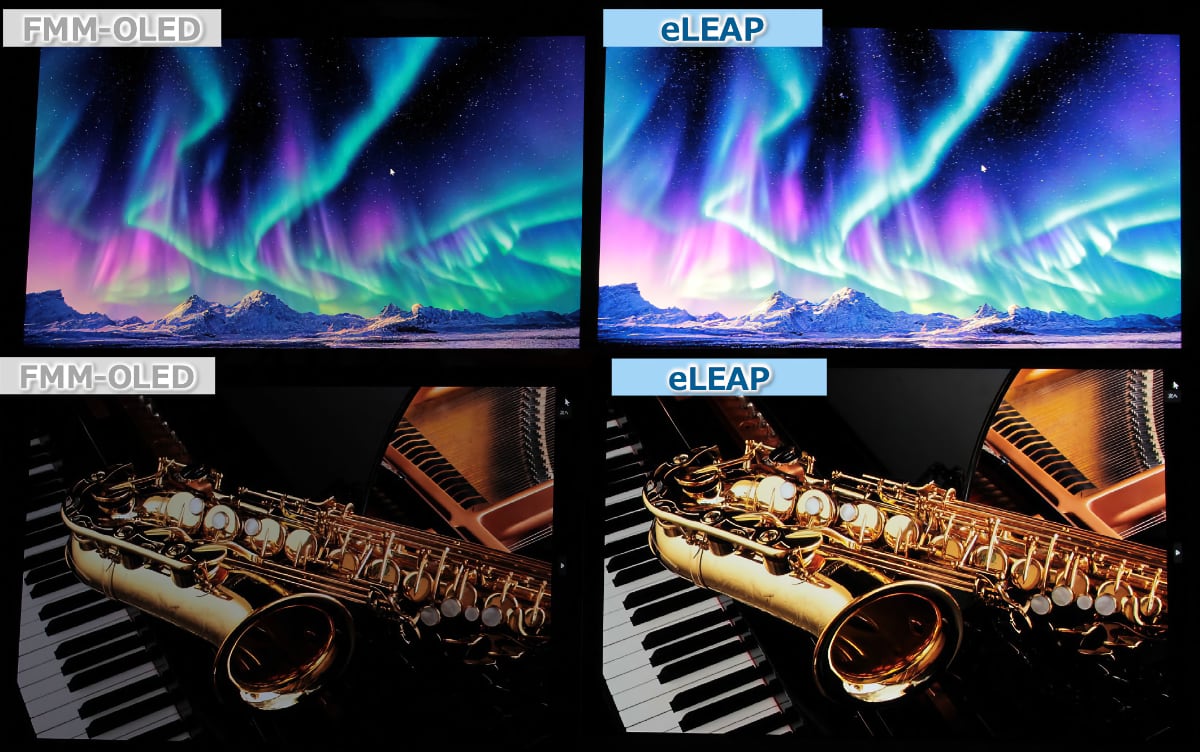With USB4, the next version of the popular standard, USB and Thunderbolt unite. USB4 is based on the Thunderbolt 3 protocol, which doubles bandwidth to 40 Gbps allowing you to connect two 4K displays.
USB and Thunderbolt unite
The USB Promotor Group has announced the next major version of the interface standard. USB4 will be based on the Thunderbolt 3 protocol, use the USB-C connector, and offer “compatibility with existing USB 3.2, USB 2.0 and Thunderbolt 3 hosts”.
- “The primary goal of USB is to deliver the best user experience combining data, display and power delivery over a user-friendly and robust cable and connector solution,” said Brad Saunders, USB Promoter Group Chairman. “The USB4 solution specifically tailors bus operation to further enhance this experience by optimizing the blend of data and display over a single connection and enabling the further doubling of performance.”
Thunderbolt was developed by Intel in collaboration with Apple, and was released in 2011. The Thunderbolt 3 protocol can be used for data transfer, power, and display connection. Its 40 Gbps bandwidth is enough to power two 4K displays (at 60Hz) or a single 5K display (at 60Hz). It can also deliver up to 100W of power to external devices. An increasing number of monitors offer Thunderbolt or USB-C ports.
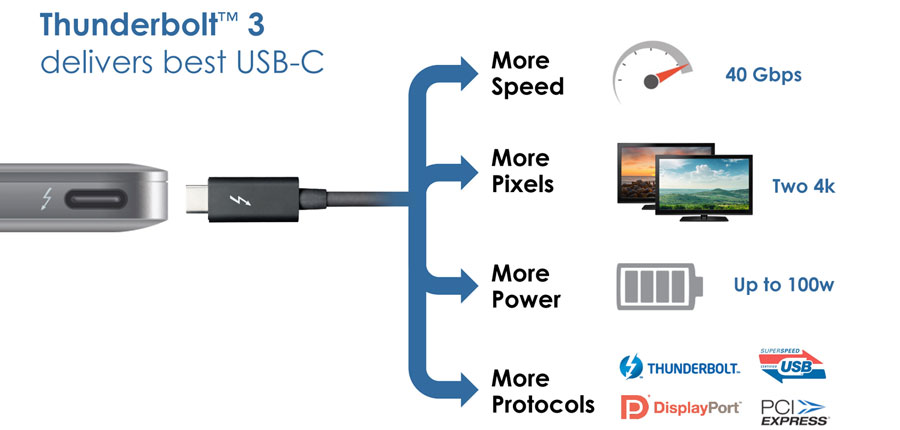
Making Thunderbolt available to everyone
Thunderbolt 3 has been available for a few years now but by using it as a royalty-free foundation for the future USB standard it will reach far more users. By uniting USB and Thunderbolt, USB4 – as the promotor group prefers to call it – may also simplify things for users.
- “Releasing the Thunderbolt protocol specification is a significant milestone for making today’s simplest and most versatile port available to everyone,” said Jason Ziller, General Manager, Client Connectivity Division at Intel. “By collaborating with the USB Promoter Group, we’re opening the doors for innovation across a wide range of devices and increasing compatibility to deliver better experiences to consumers.”
However, USB will remain an open standard and adopters are not subject to certification and may opt not to implement all capabilities.

You will be able to use existing USB-C cables but to enjoy full 40 Gbps capabilities you must use 40 Gbps certified cables, the promotor group said. The promotor group comprises companies such as Apple, HP, Intel, and Microsoft. Over 50 companies are involved in reviewing the USB4 specification.
The USB4 specification is expected to be published around the middle of 2019 but it will take another year or two for it to show up in consumer devices.
Key characteristics of USB4:
- Two-lane operation using existing USB Type-C cables and up to 40 Gbps operation over 40 Gbps-certified cables
- Multiple data and display protocols to efficiently share the total available bandwidth over the bus
- Backward compatibility with USB 3.2, USB 2.0 and Thunderbolt 3 |

